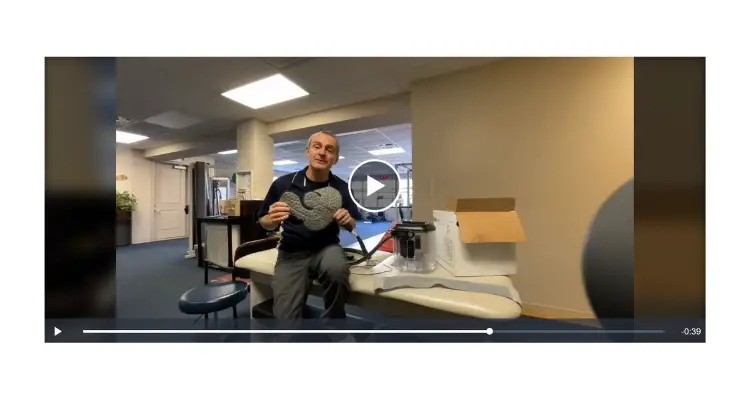Ice Machine for Knee Surgery
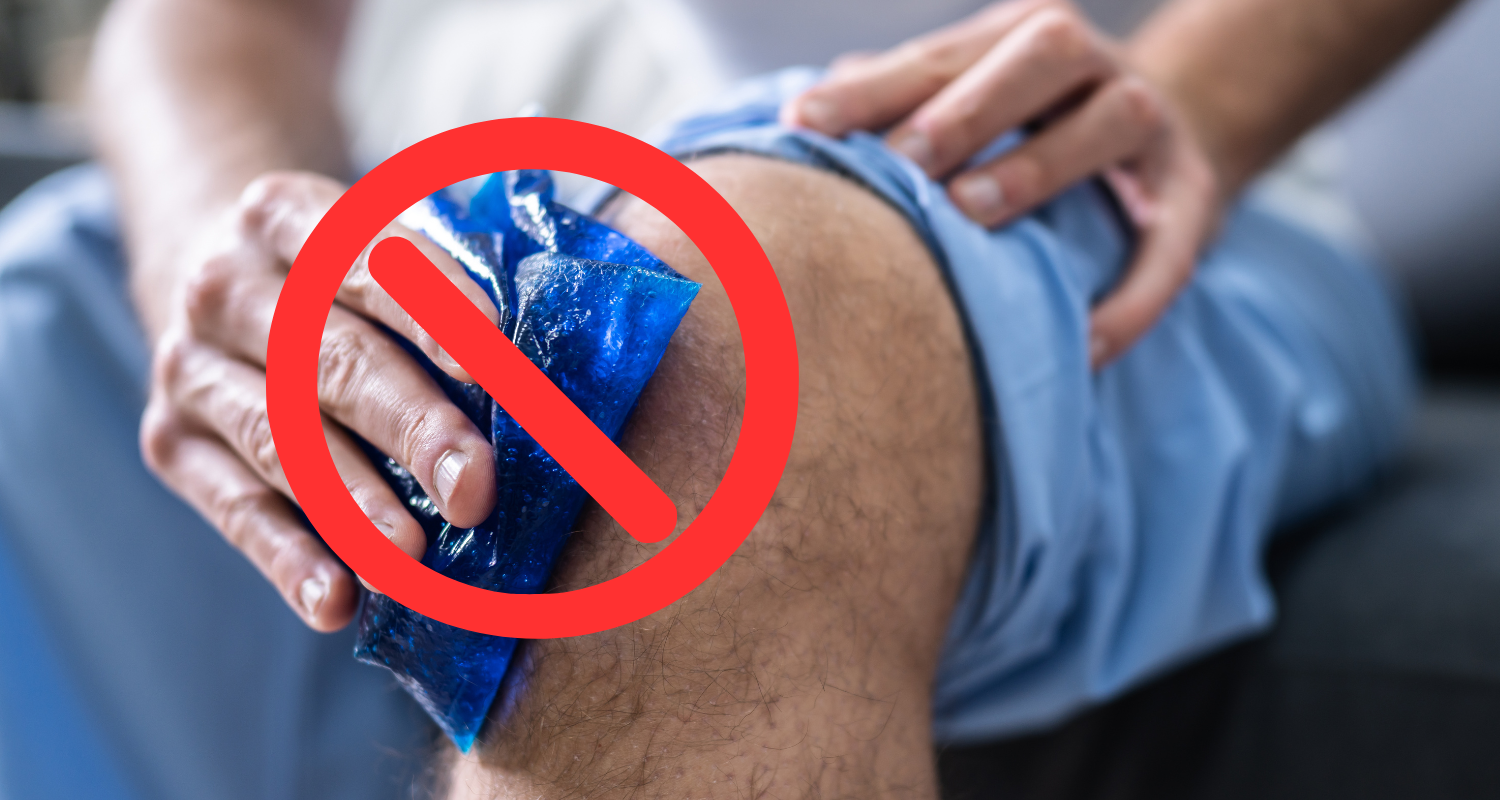
Benefits of Using an Ice Machine After Knee Surgery
Undergoing knee surgery, whether for a joint replacement or another condition, can be a challenging experience. One essential tool that can aid in the post-operative recovery process is the ice machine. Also known as cryotherapy units, ice machines provide numerous benefits that aid in a smoother, more comfortable recovery.
The primary benefit of an ice machine is its role in pain management. After surgery, dealing with pain is often a patient’s biggest concern. Using an ice machine can help manage and reduce pain by numbing the surgical area with cold therapy. Check out this article on pain management techniques for more information.
Secondly, ice machines are excellent at reducing inflammation and swelling. Swelling is a natural response to surgery, but it can lead to discomfort and limit mobility. The cold therapy provided by ice machines helps to reduce this swelling by constricting blood vessels in the area, decreasing the flow of fluids that cause inflammation. This is particularly helpful in managing symptoms such as foot swelling after knee surgery.
Ice machines can also contribute to improved recovery and healing times. By managing pain and swelling effectively, they allow patients to participate more fully in necessary rehabilitation exercises. This can lead to a quicker return to daily activities, such as walking your dog after knee surgery.
Finally, ice machines offer convenience and control over the cooling process. They maintain a consistent cold temperature over extended periods, reducing the need for continual ice pack changes. Furthermore, some models allow for adjustable temperatures, ensuring you get effective relief without risking ice burns or frostbite.
While the benefits of an ice machine for post-knee surgery recovery are numerous, it’s crucial to remember that they should be part of a broader recovery strategy. This strategy could include physiotherapy, pain management techniques, and appropriate clothing. Consultation with healthcare professionals is key to ensure that the ice machine and other therapies are used safely and effectively.
Interested in learning more about the post-operative journey? Here is a guide on overcoming challenges after total knee replacement.
How an Ice Machine Works
Ice machines, also known as cryotherapy machines, operate on the principle of cold therapy, or cryotherapy. These machines use chilled water and sometimes a combination of air and water to provide consistent and controlled cold temperatures to the affected area.
While the design may vary between different brands and models, the basic mechanism remains the same. An ice machine typically consists of a cooler or reservoir that holds water and ice, a motor to circulate the cold water, a hose to transport the water, and a pad or wrap to apply the cold therapy to the knee.
Here’s a step-by-step look at the process:
- Water and Ice Preparation: You fill the reservoir with cold water and ice. The ratio of ice to water can usually be adjusted depending on how cold you want the therapy to be.
- Circulation: Once the reservoir is prepared, the machine is switched on. The motor pumps the cold water from the reservoir through the hose, leading to the therapy pad.
- Application: The cold therapy pad, which is typically wrapped around the knee, receives the cold water. As the cold water circulates through the pad, it cools down the knee area, providing relief and reducing swelling.
- Recirculation: After the water circulates through the pad, it goes back into the reservoir where it gets chilled again. This process repeats, providing a constant supply of cold therapy.
Modern ice machines offer adjustable cold temperatures and sometimes even adjustable compression levels, providing personalized therapy tailored to individual needs and comfort levels. Importantly, because they deliver a steady, controlled degree of coldness, ice machines minimize the risk of skin damage or frostbite that can sometimes occur with improper use of traditional ice packs.
While the operation of an ice machine is relatively straightforward, it’s important to follow the manufacturer’s instructions and consult with a healthcare professional to ensure safe and effective use. Remember, while an ice machine can greatly aid in recovery after knee surgery, it should be used as part of a broader post-operative care plan.
Top Ice Machine for Knee Surgery Recovery
When it comes to choosing an ice machine for knee surgery recovery, you’ll find various options available in the market. Each unit comes with its own set of features, and the best choice will depend on your individual needs and preferences. Here are a few top-performing ice machines worth considering.
I have used each of these ice machines for knee surgery in my physical therapy clinic and I have personally experienced how they work.
COOLMAN Cold Therapy System
Personal Experience: As a physical therapist treating patients recovering from knee surgery, I found the COOLMAN Cold Compression Therapy Machine to be an important part of my recovery process. Here are four key benefits I seen from patients who have used this machine at home:
1. Transparent Bucket
The clear bucket on the COOLMAN machine was incredibly useful. It allowed me to easily see how much ice was left in the machine without the need to continually open the lid. This feature not only saved me time but also provided the convenience of knowing exactly when to add more ice. In my recovery process, the less I had to worry about, the better.
2. Low Noise
I can’t stress enough the importance of a quiet and calm environment for recovery. The high-quality diaphragm pump in the COOLMAN machine offered just that. Even when running continuously, it was incredibly quiet. This allowed me to focus on rest and relaxation, significantly aiding my recovery process. I was impressed by how such a powerful machine could run so quietly!
3. Universal Pad
The therapy pack that came with the machine was a game changer. It was soft and comfortable, and its elasticity allowed water to flow smoothly, creating an excellent compression effect. I used it on my knee, but it’s versatile enough to be used on the ankle, shoulder, elbow, arm, hip, and leg. Its ease of use and adaptability made it far superior to traditional ice packs I had used in the past.
4. Various Running Modes
With this machine, I had full control over my therapy. It offered various flow rate settings (5 levels) and time settings (up to 90 mins), allowing me to tailor the therapy to my personal comfort and need. It also monitored the water temperature, which ranged from 41 to 68 degrees, providing me with the flexibility to choose the most suitable mode. It was a big step up from the one-size-fits-all approach of conventional ice packs.
In conclusion, the COOLMAN Cold Compression Therapy Machine greatly enhanced my recovery process after knee surgery. Its convenient and thoughtful features, coupled with the reassurance of a one-year warranty, made it an excellent choice for me.
Click the Image to Watch this video on Amazon
How to Use an Ice Machine After Knee Surgery
Using an ice machine after knee surgery is fairly straightforward, but it’s crucial to follow certain steps to ensure safety and effectiveness.
- Setting Up the Machine: Begin by filling the reservoir of the ice machine with cold water and ice according to the manufacturer’s instructions. Some machines might also require a specific ratio of water to ice for optimal performance.
- Placement of the Pad: Wrap the pad around your knee, ensuring it covers the surgical site completely. It should be snug but not overly tight. Most pads come with straps to hold them in place.
- Connecting the Pad to the Machine: Connect the pad to the machine using the hose provided. Make sure all connections are secure to prevent leaks.
- Adjusting the Settings: Set the temperature as recommended by your healthcare provider. If no specific recommendation was given, start at a moderate setting and adjust as needed for comfort.
- Using the Machine: You can then turn on the machine and allow it to circulate the cold water. Use it for the duration recommended by your healthcare provider, typically around 15-20 minutes at a time, several times a day.
Remember to always follow the instructions provided by your healthcare provider and the ice machine manufacturer. Safety should be your top priority. Prolonged contact with extreme cold can cause injuries such as frostbite.
It’s also important to clean and maintain the machine according to the manufacturer’s guidelines. Regular cleaning helps prevent bacterial growth and prolongs the machine’s life.
Lastly, remember that while an ice machine can greatly aid in recovery, it is not a substitute for other aspects of post-surgery care, such as physical therapy and regular follow-ups with your doctor. You can find more information on how to use an ice machine after knee surgery and other related topics on the Total Therapy Solutions website.
Where to Buy an Ice Machine and What to Consider
When it comes to purchasing an ice machine for knee surgery recovery, there are several factors you should consider to ensure you make the right choice. Simultaneously, knowing where to buy can help you find the best deals and the most reliable products.
What to Consider:
1. Effectiveness: Check customer reviews and professional recommendations to ensure the machine you choose has a track record of effective cold therapy.
2. Comfort: Make sure the machine comes with a comfortable pad or wrap that fits well around your knee.
3. Ease of Use: Choose a machine that is straightforward to use, with clear instructions and user-friendly controls.
4. Adjustability: Adjustable temperature controls can allow you to tailor the therapy to your comfort level and needs.
5. Price: Ice machines can vary widely in price, so consider your budget. However, keep in mind that more expensive machines often have more features and durability.
Where to Buy:
1. Online Marketplaces: Websites like Amazon, eBay, and Walmart often have a wide variety of ice machines to choose from. This gives you the opportunity to compare prices and read reviews from other customers.
2. Medical Supply Stores: Physical medical supply stores often carry ice machines. One benefit of buying in person is that you can sometimes see the machine and ask a salesperson questions before purchasing.
3. Direct from Manufacturer: Some ice machine manufacturers sell directly to customers from their websites. This can sometimes get you a better price or warranty.
4. Healthcare Providers: Some hospitals, clinics, or physical therapy centers like Total Therapy Solutions might offer rental or purchase options for ice machines.
When purchasing an ice machine, it’s always a good idea to check the warranty and return policy. This will protect you if the machine is faulty or doesn’t meet your expectations. Always remember to consult with your healthcare provider to understand which machine would be best for your specific needs.
Key Takeaways
| ✔ | An ice machine can significantly aid in the recovery process post-knee surgery, offering pain relief, reducing swelling, and facilitating a faster healing process. |
| ✔ | Understanding how an ice machine works can aid in its effective use, including knowledge of the water and ice mixture, cooling, and circulation process. |
| ✔ | Several top ice machines are available on the market. The best choice will depend on individual needs and circumstances, and factors like effectiveness, ease of use, comfort, adjustability, and price should be considered. |
| ✔ | Proper usage of an ice machine is crucial for optimal results and to prevent potential harm. It includes proper preparation, positioning, connection, operation, monitoring, and maintenance. |
| ✔ | Ice machines can be purchased from medical supply stores, online marketplaces, directly from manufacturers, large pharmacies, or physical therapy clinics. However, always consult with a healthcare provider before making a purchase. |

Anthony Maritato, PT
Physical Therapist
Anthony Maritato, PT has been a licensed physical therapist and private practice owner since 2006. Ohio license #PT011602.
Anthony has been passionate about helping patients recover from total knee replacement surgery as well as rotator cuff repair surgery.
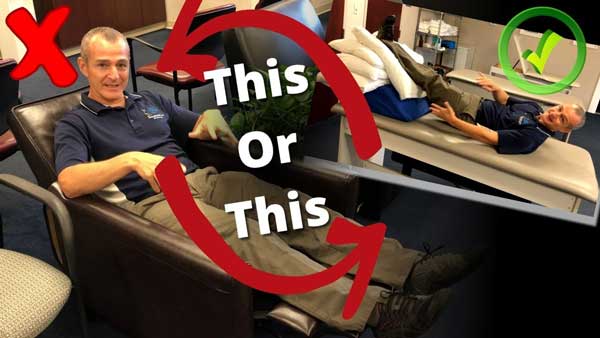
10 Questions About Leg Elevation After Knee Surgery
1. ) Should I sleep with leg elevation after knee surgery? Yes, elevating your leg after knee surgery will reduce the chances of excessive swelling, as well as help, improve knee extension range of motion. The most common recommendation is to sleep flat on your back...
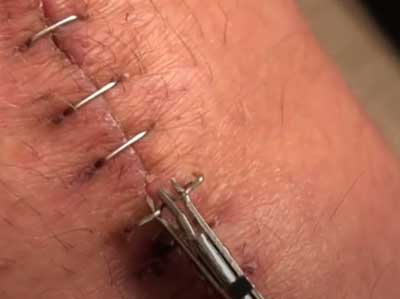
Does It Hurt To Have Staples Removed After Knee Replacement Surgery
Removing Staples After Knee Replacement Surgery Staple removal is often painless and quick. In the following video a person removes his staples at home, but it is always recommended you allow your physician or surgical team remove the staples in their office.Why Are...
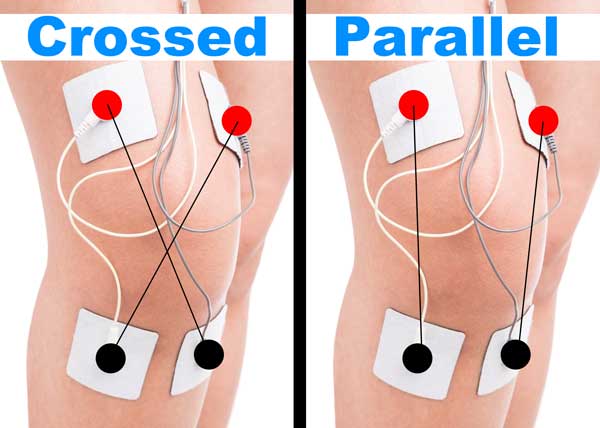
BEST Tens Placement for Knee Pain
Is TENS a Good Way to Reduce Knee Pain? Transcutaneous Electrical Nerve Stimulation (TENS) is a non-invasive, drug-free method for pain relief that has been widely used to manage various types of pain, including knee pain. TENS therapy involves sending low-voltage...
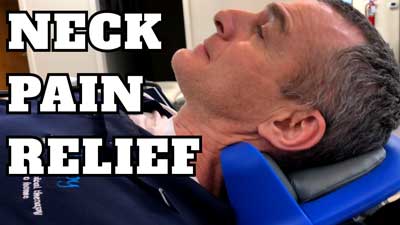
How many times a day can you do Neck Traction
Neck traction, cervical traction, may be used multiple times within a 24-hour period. [1] In my physical therapy practice the frequency of use is dependent upon 3 factors. How acute the symptoms are and what is the specific condition being treated? What other...

Which Activities Should I Avoid After Total Knee Replacement?
The most commonly recommended activities to avoid after total knee replacement surgery include high impact sports, work activities that involve repetitive jumping and landing, and activities that require prolonged crawling and kneeling.[1] In the following article I...

Why Does my Knee Replacement Make Noise?
Table of Contents Introduction Knee Replacement Clicking and Popping Knee Replacement Noise Clicking After Knee Replacement Popping in Knee After Knee Replacement Knee Clicking and Popping After Total Knee Replacement Grinding After Total Knee Replacement When to Seek...

How long should I ICE my knee after knee replacement?
Article Updated 06/08/2022 How long should I ice my knee after knee replacement surgery? After a total knee replacement surgery many surgeons will often recommend icing the knee as often as possible. In this article, I will review the current myths and misconceptions...
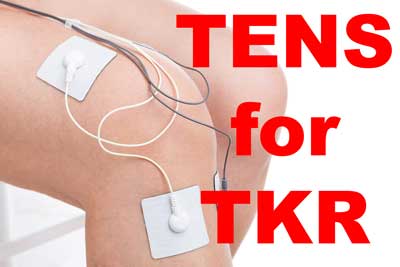
Is tens SAFE to use for knee pain?
Is TENS safe to use for knee pain?TENS, transcutaneous electrical nerve stimulation, is a drug free way to reduce pain in the knee caused by arthritis, inflammation, and most other degenerative changes. How does TENS reduce knee pain? The formal explanation is...

Sleeping After Knee Replacement – 3 Best Positions
Finding a comfortable sleeping position after a knee replacement can be challenging. The most common advice is to sleep flat on your back with your surgical knee straight and elevated above your heart. To achieve this, many surgeons recommend propping a pillow under...

